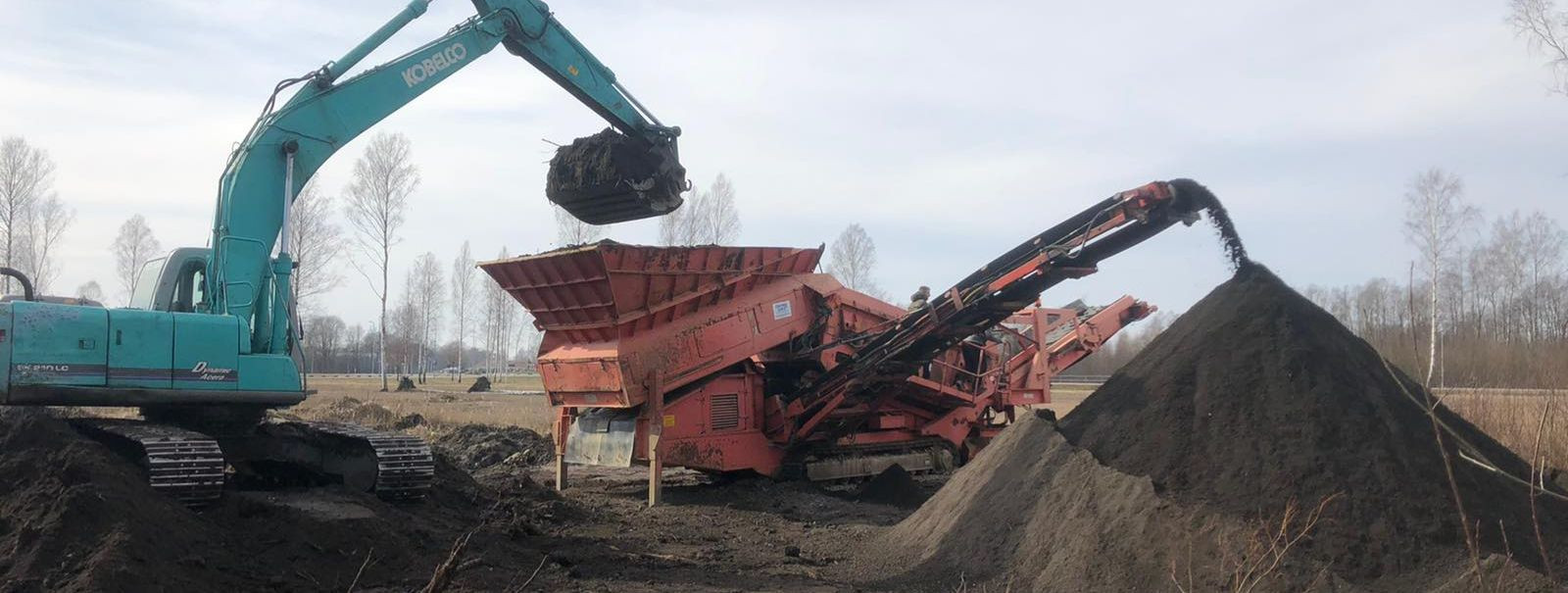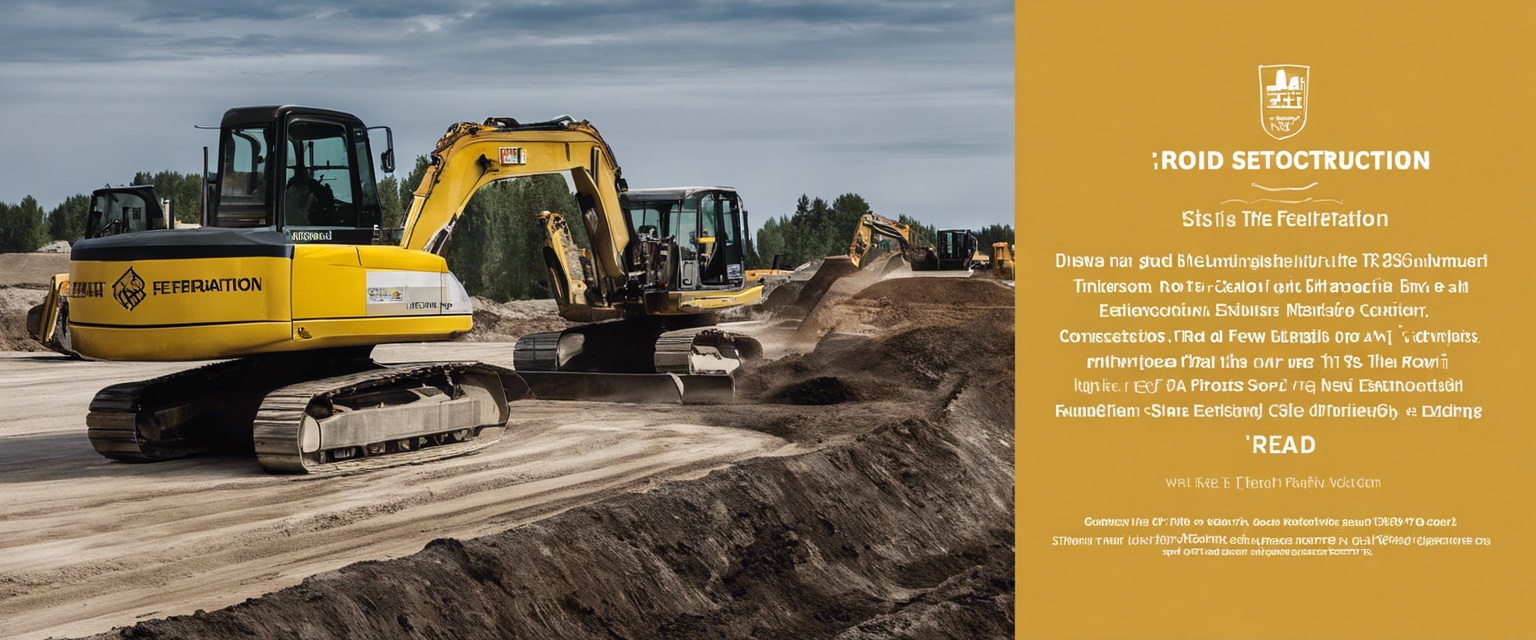The role of high-quality materials in sustainable construction
Sustainable construction refers to the practice of creating structures and using processes that are environmentally responsible and resource-efficient throughout a building's life cycle. This approach minimizes the impact on the environment, conserves natural resources, and promotes the well-being of the occupants and society at large.
The construction industry has a significant impact on the environment, from the extraction of raw materials to the demolition of buildings. As such, there is a growing need to adopt sustainable practices to reduce this impact and contribute to the health of our planet.
The Impact of High-Quality Materials on Sustainability
High-quality materials are essential for ensuring the longevity and durability of construction projects. Durable materials reduce the need for frequent repairs and replacements, which in turn lowers the environmental footprint of a building over its lifetime.
Materials that offer superior insulation properties can significantly reduce energy consumption for heating and cooling. This not only leads to cost savings but also decreases the carbon emissions associated with energy production.
Using materials that are resource-efficient and generate less waste during production and construction can greatly enhance the sustainability of a project. Efficient use of materials also means less depletion of natural resources.
Types of High-Quality Materials for Sustainable Construction
Recycled materials, such as reclaimed wood or recycled steel, help to reduce the demand for virgin resources and minimize waste. Upcycling, or repurposing waste materials into new products, also plays a crucial role in sustainable construction.
Natural materials like bamboo, cork, and straw are not only renewable but also biodegradable, making them excellent choices for sustainable construction.
Materials sourced from local suppliers reduce the carbon footprint associated with transportation and support the local economy.
Challenges and Considerations in Selecting High-Quality Materials
While high-quality materials can be more costly upfront, they often lead to long-term savings through reduced maintenance and energy costs. However, budget constraints can be a challenge for some projects.
The availability of certain high-quality materials can be limited, and accessing them may require additional planning and logistics.
Ensuring that materials meet regulatory standards and obtaining certifications like LEED can be a complex process but is essential for sustainable construction.
Best Practices for Incorporating High-Quality Materials in Construction Projects
Engaging all stakeholders in the planning and design phase ensures that the selection of materials aligns with sustainability goals and project requirements.
Conducting a life cycle assessment helps to understand the environmental impact of materials over their entire lifespan, guiding more informed decisions.
Staying abreast of the latest materials and technologies, as well as educating the workforce on sustainable practices, is key to successful implementation.






Comments (0)